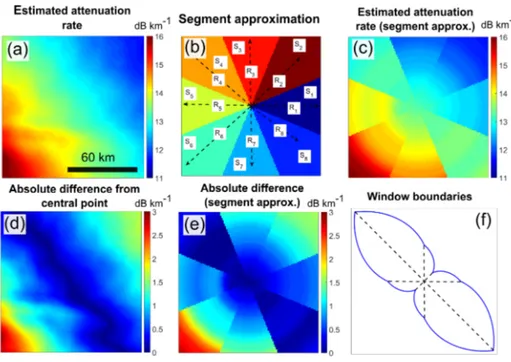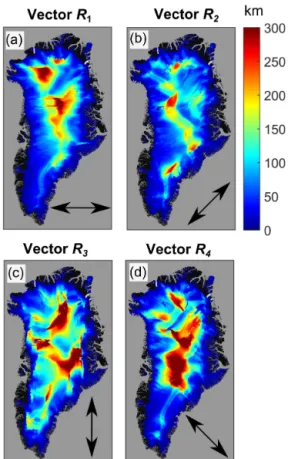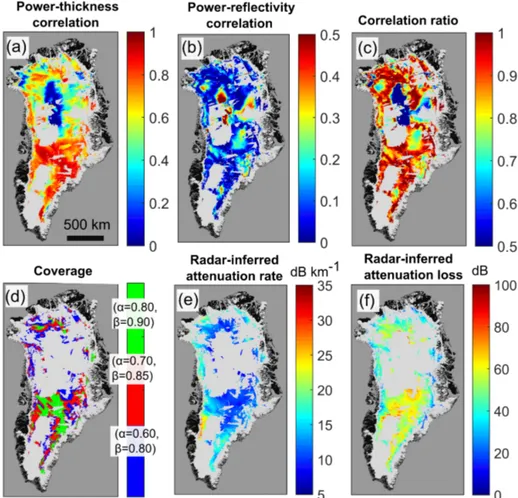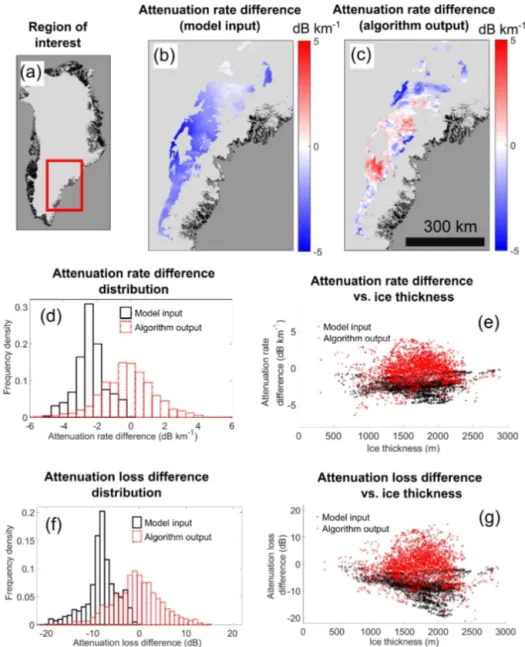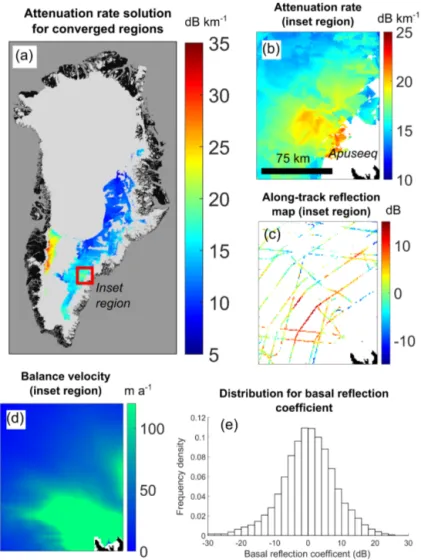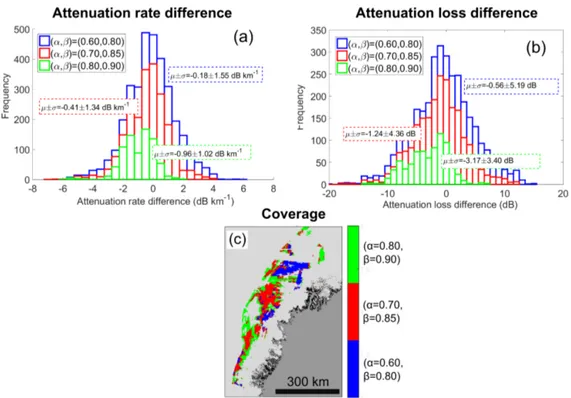An ice-sheet-wide framework for englacial attenuation from ice-penetrating radar data
Texto
Imagem
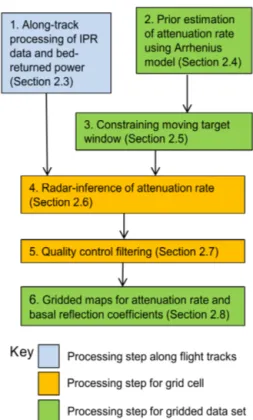
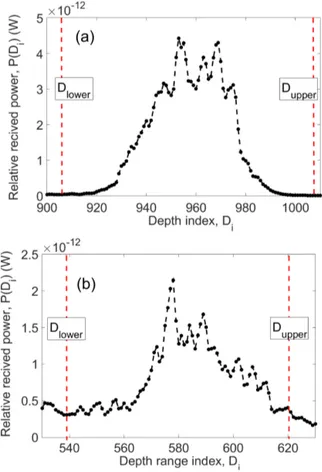
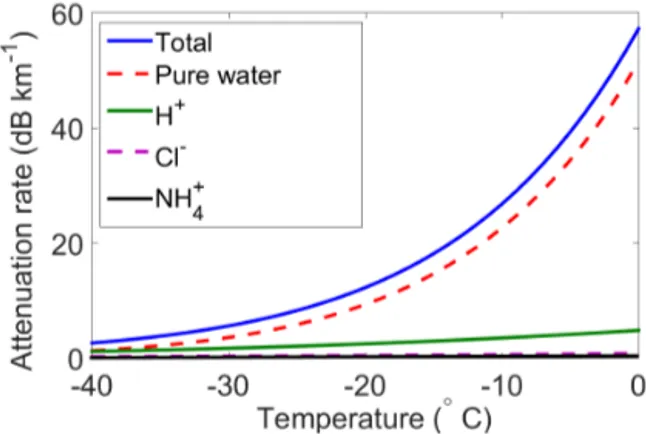
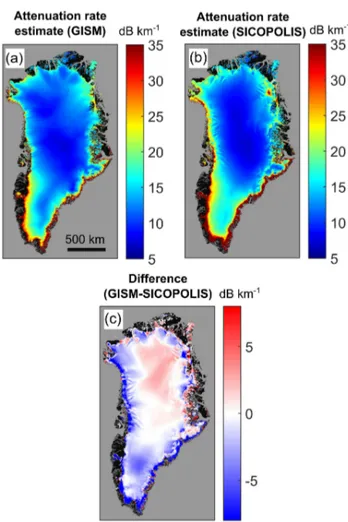
Documentos relacionados
We have presented in detail the Elmer/Ice ice sheet flow model, from the equations implemented to the way they are solved using the FE method. Elmer/Ice contains a high me-
One major di ff erence lies in the specific combination of bed deep- ness and ice thickness: while a large area of the ice sheet in the Weddell Sea Sector (namely the Institute
The averaged MODIS ice thickness in 12.5 km grid resolution (upper left), SMOS ice thicknesses retrieved from Algorithm I (upper right) and II (lower left), and the histogram of
We apply the method to calculate depth-averaged ve- locities of the Greenland Ice Sheet, and find that the method produces grid-independent velocity fields for a sufficient
Our quantitative assessment of ice thickness accuracy uses the same BEDMAP data set employed earlier to assess el- evation accuracy. However, unlike those elevation compar- isons,
Vertical thinning due to ice flow has been estimated both for the EDC and Dome Fuji ice cores based on a 1-D ice flow model (Parrenin et al., 2007b) with prescribed ice
The reconstructions are based on a multilinear regression of forecasted ice concentration, level ice thickness, ridge density, ice speed and an additional factor which is based,
The mean values and uncertainties of snow depth and ice and snow densities, determined for FY ice and MY ice, were used to calculate the total error in ice thickness retrieval
